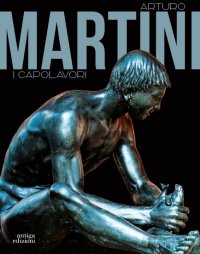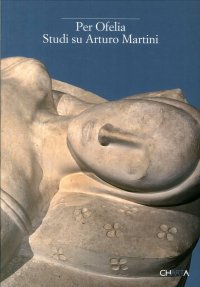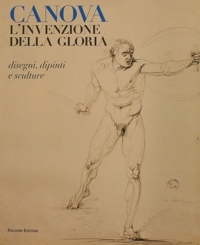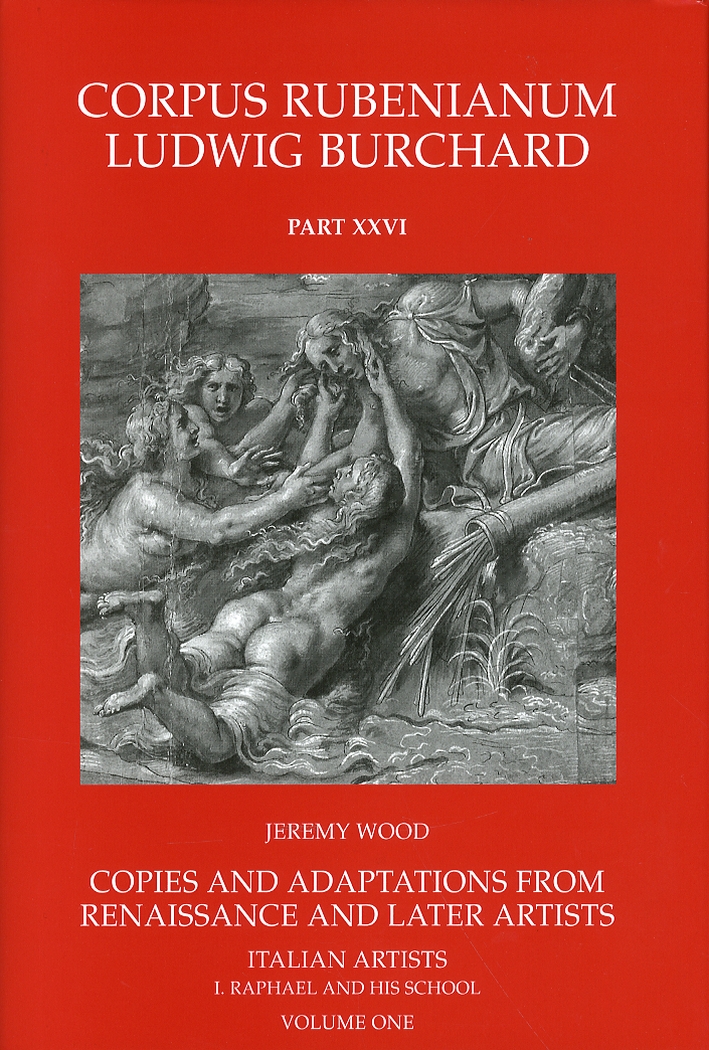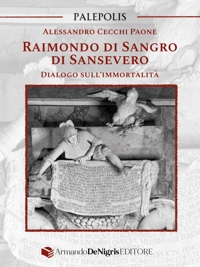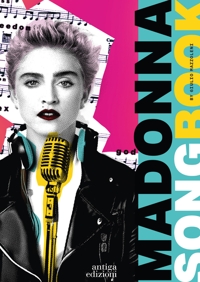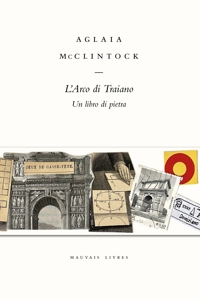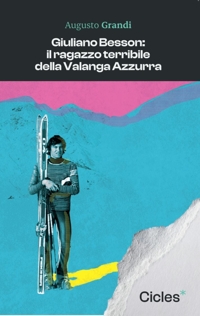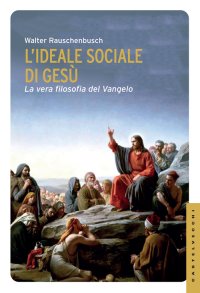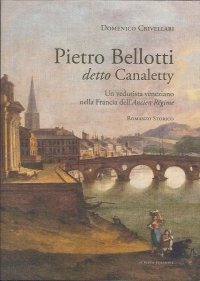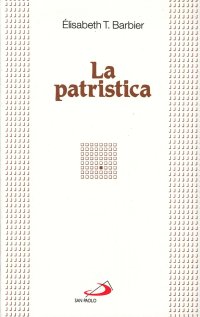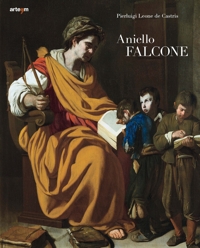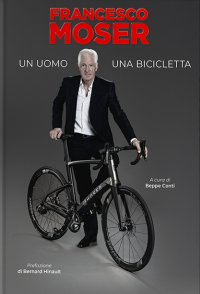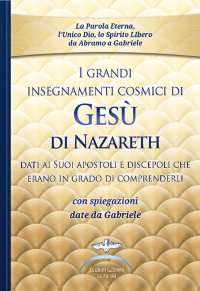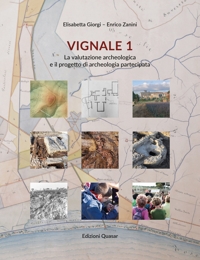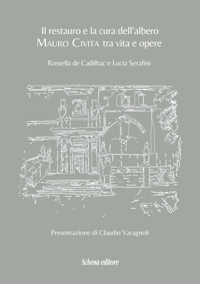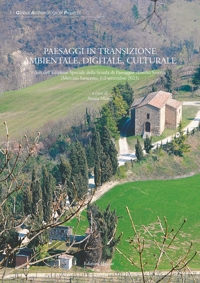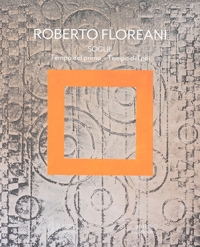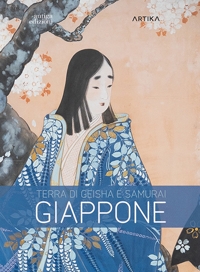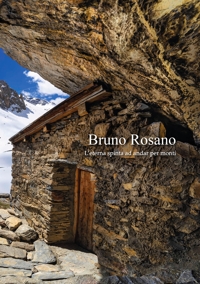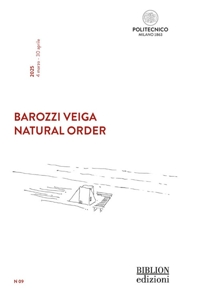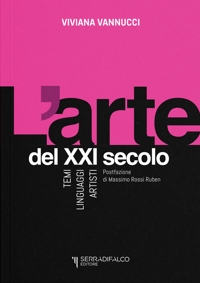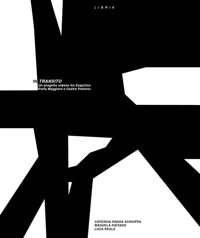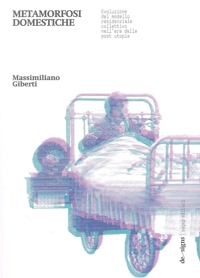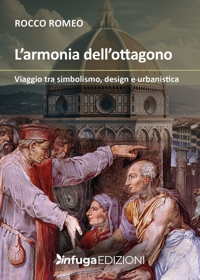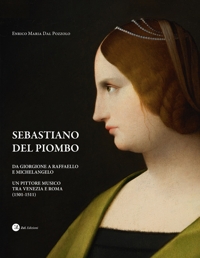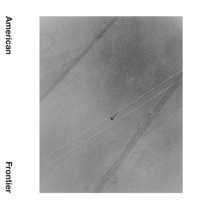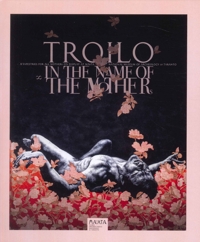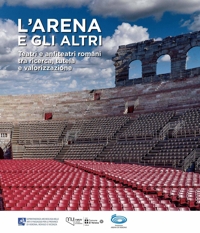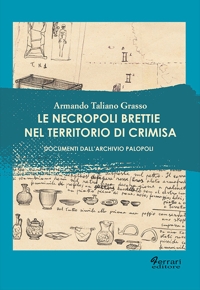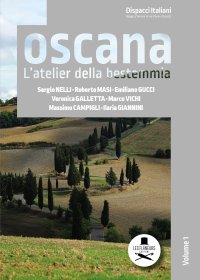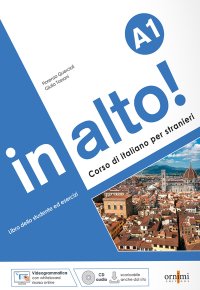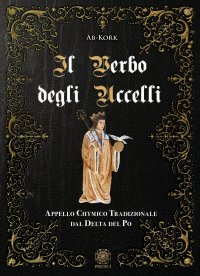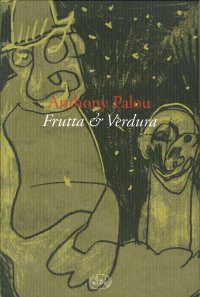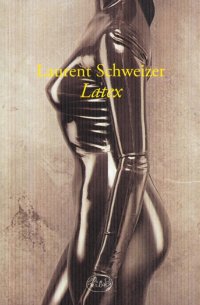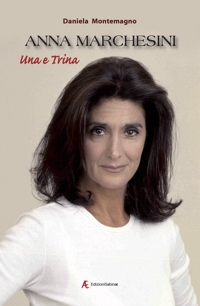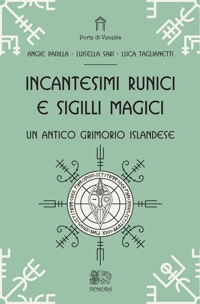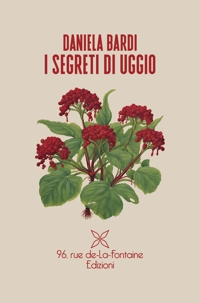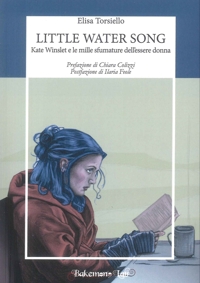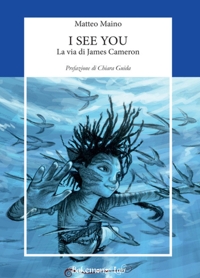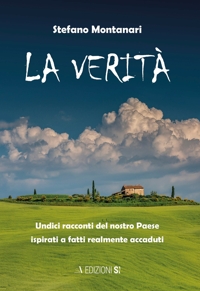Arturo Martini. I capolavori
Treviso, Museo “luigi Bailo”, March 31 - July 30, 2023.
Edited by Stringa Nico and Fabrizio Malachin.
Cornuda, 2023; paperback, pp. 278, col. ill., cm 23x29.
cover price: € 33.00
|
Books included in the offer:
Arturo Martini. I capolavori
Treviso, Museo “luigi Bailo”, March 31 - July 30, 2023.
Edited by Stringa Nico and Fabrizio Malachin.
Cornuda, 2023; paperback, pp. 278, col. ill., cm 23x29.
FREE (cover price: € 33.00)
Studi su Arturo Martini. Per Ofelia
Edited by Matteo Ceriana and Claudia Gian Ferrari.
Milano, Atti del Covegno, 19 maggio 2008.
Milano, 2009; paperback, pp. 136, 97 b/w ill., cm 17x24.
FREE (cover price: € 29.00)
Canova. L'invenzione della gloria. Disegni, dipinti e sculture.
Genova, Palazzo Reale, April 16 - July 24, 2016.
Edited by Giuliana Ericani and Franceasco Leone.
Roma, 2016; paperback, pp. 306, col. ill., col. plates, cm 23x30.
FREE (cover price: € 35.00)
Copies and adaptations from Renaissance and Later Artists. Italian Masters. Raphael and his School
Harvey Miller Publishers
English Text.
London, 2010; 2 vols., clothbound, pp. 718, 263 b/w ill., 20 col. ill., cm 18x26,5.
(Corpus Rubenianum Ludwig Burchard, 26.2/1).
series: Corpus Rubenianum Ludwig Burchard. 0026.0002.
ISBN: 1-905375-39-5 - EAN13: 9781905375394
Subject: Graphic Arts (Prints, Drawings, Engravings, Miniatures),Painting
Period: 1400-1800 (XV-XVIII) Renaissance,1800-1960 (XIX-XX) Modern Period
Places: Europe,Italy
Languages: 
Weight: 2.61 kg
Rubens made relatively few drawings from paintings while in Italy between 1600 and 1608, although some sur vive after frescoes by Pordenone that he saw in Treviso and there are also a number that record Michelangelos paintings in the Sistine Chapel in Rome. Most of the catalogue entries, how-ever, discuss the Italian copy drawings that Rubens bought during his travels and brought home to Antwerp. It will be argued that these sheets were taken out and retouched by him throughout his career. In total, this material amounts to one of the largest collections of graphic art assembled by a late Renaissance painter, and as a result it reveals Rubenss sophis-ticated and complex dialogue with Italian art.
Alessandro Cecchi Paone € 8.55
€ 9.00 -5 %






